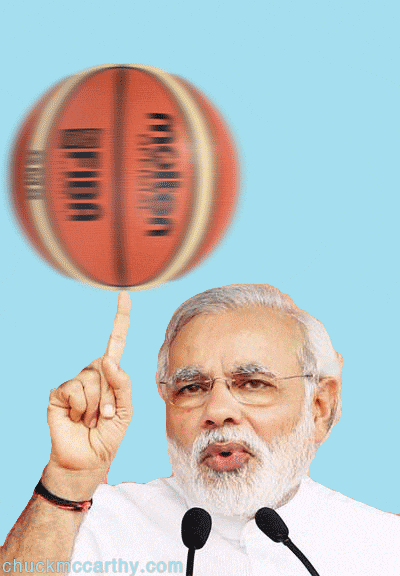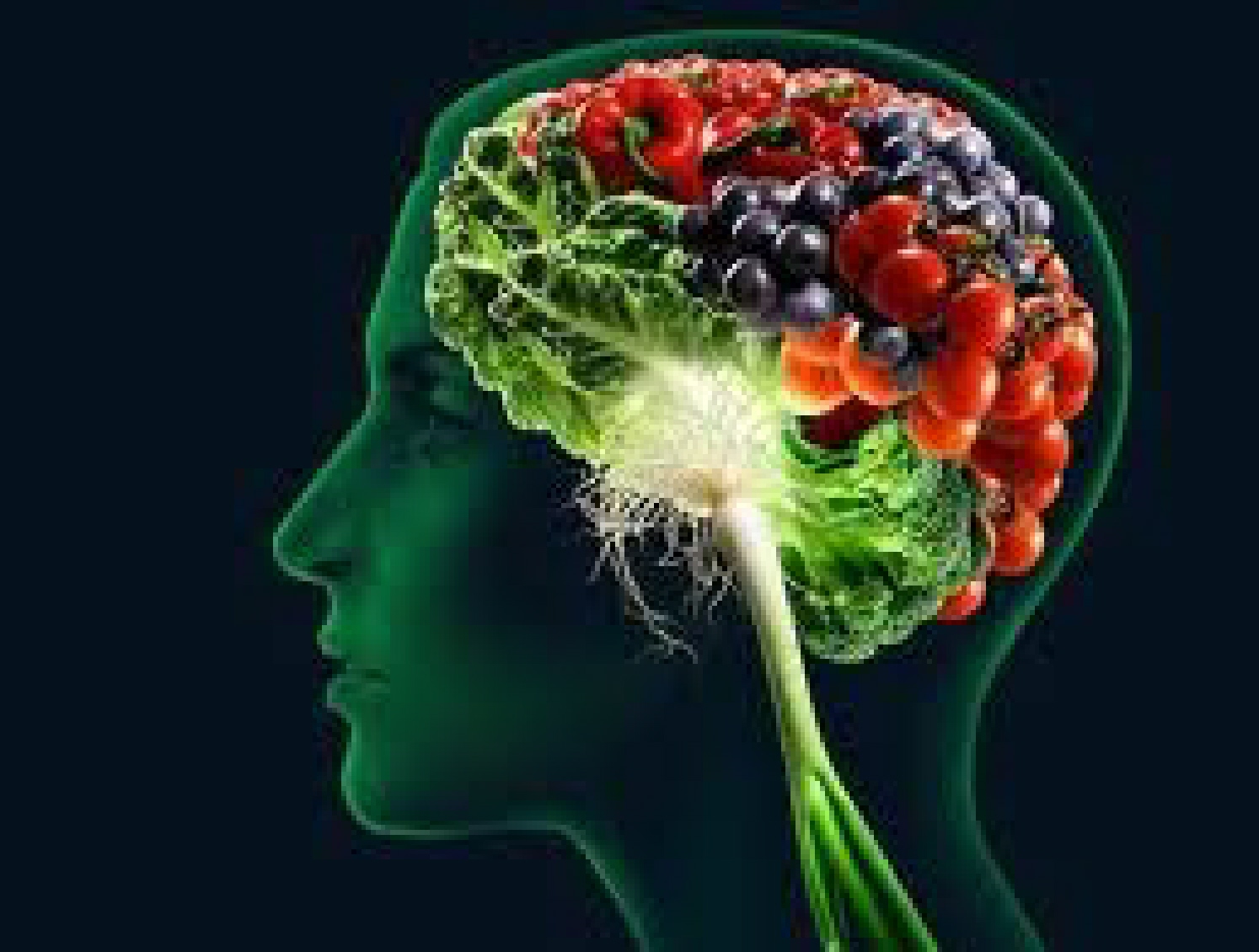Food For Soul
A Good Song Is Better Than The Best Meal In The World
Music produces a kind of pleasure which human nature cannot do without. Even a delicious food fails to match the felicity, a good piece of music can add to our lives.
Publish date: Aug. 27, 2021
Tags:musicbaja

Video killed the radio star, the 1978 hit song proclaims, without any hesitation, the superiority of video over audio content. The song relates to concerns about mixed attitudes towards 20th-century inventions and machines for the media arts.
Pictures came and broke your heart … Put the blame on VCR
Above lines from the song are very clearly blaming the VCR, for breaking the heart of a radio star.
During 2020 lockdown Ramayana was being streamed on television, which was being watched by the entire India. After the finale Doordarshan tweeted this.
<div align="center" class="py-4"><script async src="https://platform.twitter.com/widgets.js" charset="utf-8"></script> </div>WORLD RECORD!!
— Doordarshan National दूरदर्शन नेशनल (@DDNational) April 30, 2020
Rebroadcast of #Ramayana on #Doordarshan smashes viewership records worldwide, the show becomes most watched entertainment show in the world with 7.7 crore viewers on 16th of April pic.twitter.com/hCVSggyqIE
77 million viewers in a single day. These numbers are impressive. ![]() Right?
Right?

Well. If we look closely and compare with radio numbers then ACTUALLY NO, it doesn’t look that great.
As per the audience data measured by the Broadcast Audience Research Council (BARC), the cumulative reach of viewership of the Radio Programme Mann Ki Baat has been estimated to range from approximately 6 crore to 14.35 crore per day during 2018 to 2020

When comparing the numbers of most listened program on radio and most watched program on television, Radio is way ahead!
Video didn’t kill the Radio star. We just collectively share the belief that it did. The reach and impact of just audio is tremendous and even at the pinnacle of video-hype, audio is surviving and thriving.
Thought Experiment - Deaf or Blind
Let us consider a thought experiment to further understand what medium of information is more important to us. Suppose you have to choose either one for yourself : to be blind or to be deaf, What will you choose? Most of the respondents will answer this intuitively that they would want to keep their sight instead of hearing. Isn’t it? A visually challenged person’s life is considered more challenging than a hearing impaired person.
But Science says otherwise.1 A study done by a group of scientist in Scotland (Scottish Society of Experimental Medicine) says that if you are hearing impaired, you are more disconnected to the world around you, as compared to a visually challenged person. If you don’t believe this claim try to watch a movie in two ways - first with sound off and second by closing your eyes. Which one would you prefer? Creators and artists have always realised the importance of sound in storytelling. Badly done movies with good sound or music still manages to work with the audience.
As we can see, though our sense of hearing is way too important, but somehow it has taken a back-seat in the recent times. Ancient cultures through out the world passed on knowledge only by word. Even in today’s culture, most of the everyday learnings are still passed on only through speech. A common example of this is, when a mother teaches cooking to her daughter/son, living in a different city, on telephone, without any need of a video call or instructions manual.
Music is organized sound and therefore has concentrated effect on listeners. In our brain the temporal lobe usually controls the sensations of pleasures. It gets activated during the times of pleasure, be it good food, a good scenery or a good smell or at the time of romance and intimacy.
How Music Affects The Brain Vs How Taste Does
Music has a number of effects on the brain including reducing stress, pain and symptoms of depression as well as improving cognitive and motor skills, spatial-temporal learning and neurogenesis, which is the brain’s ability to produce neurons. Let us see how.
-
Improves Decision Making and Planning - Frontal lobe is used in thinking, decision-making and planning. It is the most important to being a human. We have a big frontal lobe compared to other animals. By listening to music, we can enhance its functions.
-
Improves Language - Temporal lobe processes what we hear. We use the language centre to appreciate music, which spans both sides of the brain, though language and words are interpreted in the left hemisphere while music and sounds are interpreted in the right hemisphere.

Brain anatomy and different sections. Credits
-
Improves ability to communicate - Broca’s Area enables us to produce speech.We use this part of the brain to express music.Playing an instrument may improve your ability to communicate better.
-
Improves Vision - Occipital Lobe processes what we see. Professional musicians and music connoisseurs use the occipital cortex, which is the visual cortex, when they listen to music, while a layperson uses the temporal lobe — the auditory and language centre. This suggests that [musicians/connoisseur] might visualize a music score when they are listening to music.
-
Creates Permanent Memories - Cerebellum coordinates movement and stores physical memory. An Alzheimer’s patient, even if he doesn’t recognize his wife, could still play the piano if he learned it when he was young because playing has become a muscle memory. Those memories in the cerebellum never fade out.
-
Increases Dopamine - Nucleus Accumbens of the brain seeks pleasure and reward and plays a big role in addiction, as it releases the neurotransmitter dopamine. Music can be a drug — a very addictive drug because it’s also acting on the same part of the brain as illegal drugs. Music increases dopamine in the nucleus accumbens, similar to cocaine.
-
Reduces Fear - Amygdala processes and triggers emotions. Music can control your fear, make you ready to fight and increase pleasure. When you feel shivers go down your spine, the amygdala is activated.
-
Improves memory - Hippocampus produces and retrieves memories, regulates emotional responses and helps us navigate. Considered the central processing unit of the brain, it’s one of the first regions of the brain to be affected by Alzheimer’s disease, leading to confusion and memory loss. Music may increase neurogenesis in the hippocampus, allowing production of new neurons and improving memory.
-
Reduces Heart rate and Blood Pressure - Hypothalamus maintains the body’s status quo, links the endocrine and nervous systems, and produces and releases essential hormones and chemicals that regulate thirst, appetite, sleep, mood, heart rate, body temperature, metabolism, growth and sex drive — to name just a few. If you play classical music heart rate and blood pressure may reduce as it affects hypothalamus which controls these functions.
-
Help in Complex Thoughts( Logic + Intuition) and Body Co-ordination - Corpus Callosum ****enables the left and right hemispheres to communicate, allowing for coordinated body movement as well as complex thoughts that require logic (left side) and intuition (right side). For a musician one must have the right-hand side and the left-hand side of the brain in coordination, so they talk to each other. This allows pianists, for example, to translate notes on a sheet to the keys their fingers hit to produce music.
-
Helps in Body Movement and Co-ordination - Putamen processes rhythm and regulates body movement and coordination. Music can increase dopamine in this area, and music increases our response to rhythm. By doing this, music temporarily stops the symptoms of Parkinson’s disease. Rhythmic music, for example, has been used to help Parkinson’s patients function, such as getting up and down and even walking because Parkinson’s patients need assistance in moving, and music can help them kind of like a cane.
-
Improves Written and Spoken Language - Wernicke’s Area is the part of the brain which comprehends written and spoken language. We use this part of the brain to analyse and enjoy music.
A 2020 study 2 published in the National Center for Biotechnology Information reported that listening to music or playing or singing music can reduce the body’s levels of cortisol, the stress hormone. This can impact sleep quality and blood pressure, memory and brain function.
What About Taste
Comparing this with brain’s response to food, we find that a message of taste moves from the taste buds in the tongue to the brain through cranial nerves. The signal is first received by areas in the brainstem, which connects the spinal cord with the rest of the brain.

The signal then moves to the thalamus in the brain. Finally, the thalamus passes the signal onto a special area in the frontal lobe of the cerebral cortex, the gustatory cortex, where the taste signal is interpreted. Gustatory cortex is a specific portion of the insular cortex – an older cortex in the brain hidden behind the neocortex. Taste and smell information appear to converge in several central brain regions.
Clearly brain appears to be more intensely stimulated by sound (particularly music) in comparison with taste.
Number of Tastes Vs Sounds
Primarily there are six tastes that can be found in our diet - Sweet, Sour, Salty, Pungent(spicy), Bitter & Astringent
Each taste is experienced by a different part of the tongue and sometimes stomach, intestine and pancreas too experience taste. Each taste affects a different part of the temporal lobe in the brain.
If we compare this with the number of sounds possible in the hindi alphabet we find that we have 13 vowels + 39 consonants and some more complex sounds. And we aren’t yet counting the sounds that are not created by the vocal cords (musical instruments). There are total of 7 Notes. There are countless of ragas according to classical music but nonetheless if you follow the theory of Pandit Byankat Mokhi:
1 Thata = 484 ragas 🎵
Then, Hindustani classical music has 10 Thatas so, there are 484×10=4840 ragas.
Carnatic music has 72 melas (thata) so, there are 484×72= 34,848 ragas.
So, the total number of ragas approximately 34,848+4840=39696 ragas (This is just guesswork). There are countless of ragas.
There are 7 major meters but if we consider the minor metres the number goes to more than 600. Combining these,in accordance with some musical constraints, we can produce infinite number of musical melodies. This in itself proves that a symphony created from sound has much more complexity and thus has much more potential of variation to provide pleasure than even the best meal in the world.
Accessibility - Music Vs Food
Our sense of hearing has the longest range and accessibility when compared to other senses. Let us list down the range of each sense from smallest to largest.
👅 Taste - Our sense of taste has the smallest range among all the senses. The food has to actually touch the tongue, if we wish to feel its taste. Sometimes contact is needed at a specific area of tongue for the taste to be felt. We can never taste something from a distance ( Except for people having Synaesthesia ). Surface area and Contact distance for the sense of taste is lowest.
🤝 Touch - Range( Only surface area, not the distance) for the sense of touch is slightly better than touch as it is experienced on the whole body. Contact distance is still zero. Unless there is no gap between the skin and the thing, we do not experience the tough( except some exceptions).
👃🏽 Smell - This sense is slightly better than the first two as we do not have to put the perfumes inside the nose to smell it. It also works from a distance. There is no limitation in the direction too. A big leap from the first two.
👁 Sight - Some people wrongly feel that this sense has the highest range ( of course we can see the Sun which is millions of kms away) But this sense also has a limitation. The object to be sensed/seen has to be directly in from of our eyes. thus too much restrictions on the directions.
👂🏼 Hearing - Sense of hearing has almost infinite potential and range. There is no limitation in the direction. Also if the sound is able to reach us , we can hear it. That is why astronauts in space can hear whale like sounds of distant stars and galaxies. Whales and dolphins can hear from 100 of miles away. 3
We have to make too much effort to eat a good meal, even if it is right in front of us. A good song can be listened to even while sleeping, driving or cooking a great meal.
Food Nostalgia Vs Music Nostalgia
I will leave this one for you to figure out. Which nostalgia do you think is longer lasting and sweeter?
Conclusion
We can say that the effects made on the brain, by a good song, are much greater and longer lasting than even the best meal in the world. Also the number of possible recipes are far less as compared to the total number of songs or musical sounds possible. However, one need not necessarily choose between the two. Music and good food go great together, enjoy them both.
But if you really have to choose between the two, then choose a song to lift your mood.
Footnotes
<div class="footnote"></div>
